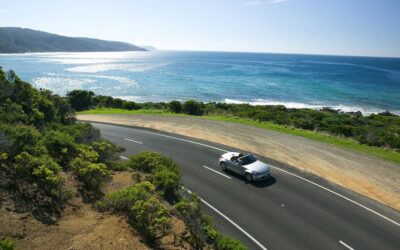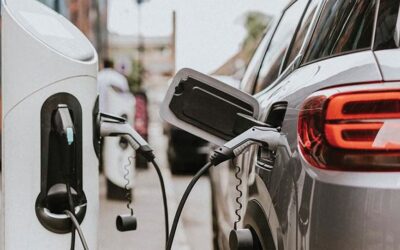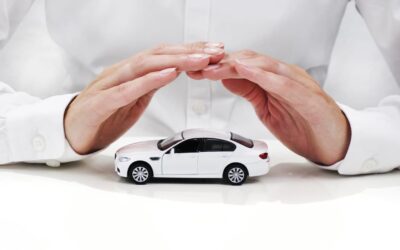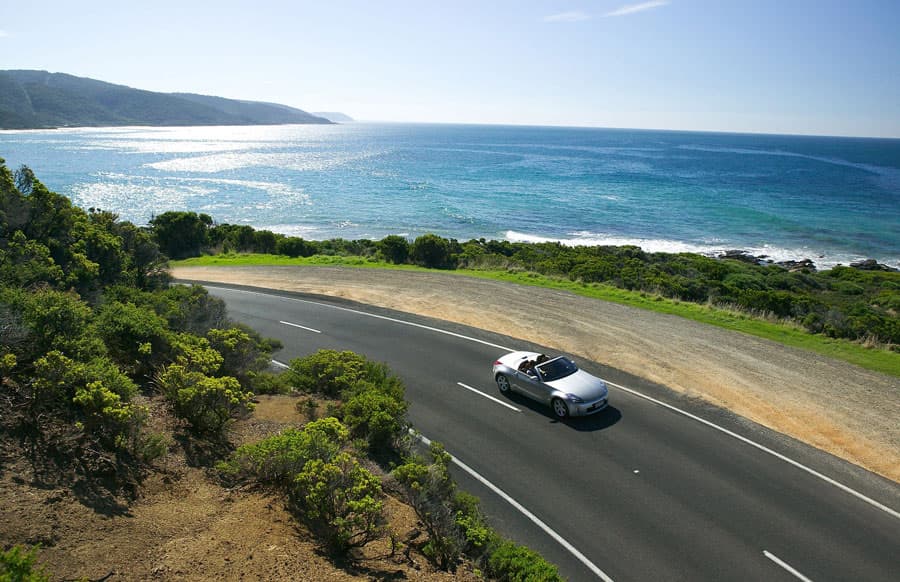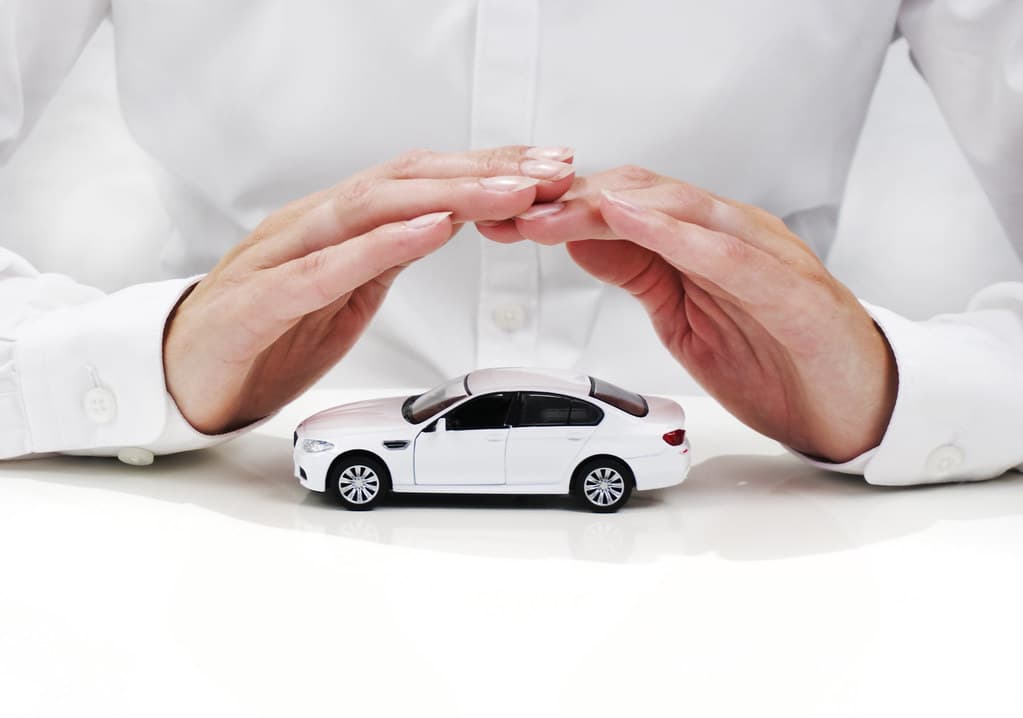Car Insurance for Electric Vehicles: Features and Best Options
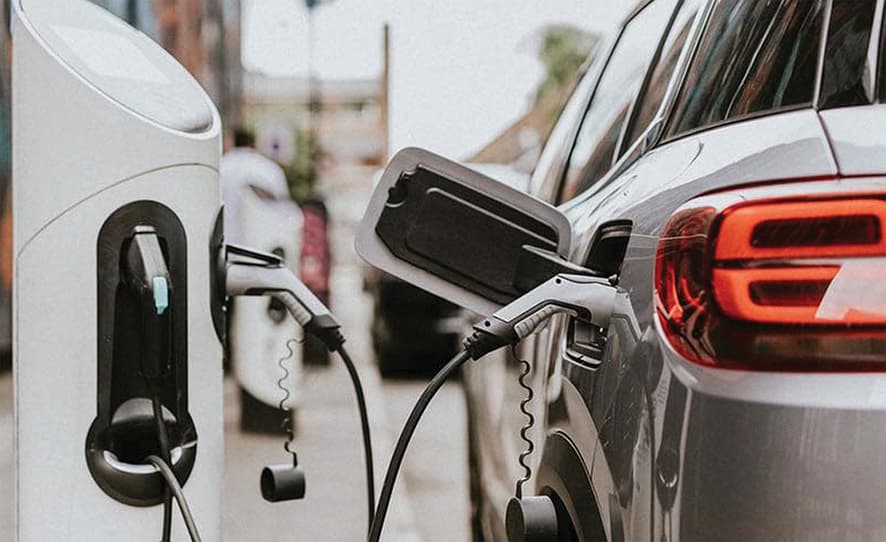
Electric vehicles are becoming increasingly popular in Slovenia—thanks to government support, fuel savings, and the growing environmental awareness among drivers. However, this growing popularity raises an important question: how does electric vehicle insurance differ from standard policies for internal combustion engine vehicles?
First of all, EVs contain more expensive components—most notably, the battery, which can account for up to 40% of the vehicle’s total cost. This is one of the most vulnerable yet valuable parts, and in case of damage or failure, repairs can cost tens of thousands of euros. As a result, insurance companies take these risks into account when calculating premiums.
Insurers also consider the specifics of EV repairs. Service centers need qualified technicians and specialized equipment, which may not be available in every town. This increases the cost of repairs, and consequently, the cost of the insurance policy.
In addition, EVs are often equipped with modern driver-assistance systems, sensors, and cameras—all of which can be damaged in accidents. Even a minor collision may require the replacement of expensive parts, once again raising insurance payouts.
Nonetheless, despite these nuances, insurance rates for electric cars in Slovenia remain competitive. Many companies offer attractive terms, especially if the EV owner demonstrates safe driving habits, has a clean claims history, and participates in loyalty programs.
Incidentally, while waiting for insurance approval or charging their vehicle, EV owners increasingly spend time online—listening to music, watching shows, reading reviews, or testing their luck in virtual pastimes like online casinos. These have become a part of the modern digital driver’s everyday life.
If you’re looking for reliable online casinos featuring a variety of games from top global developers, visit slovenskecasino.net. There, you’ll find only trusted platforms offering a wide range of gaming options and exciting opportunities for everyone. Every player can find a casino with attractive conditions and bonus programs to make their gaming experience even more engaging and rewarding.
Risks to Consider
EVs come with specific risks that must be taken into account when choosing an insurance policy. One of the main concerns is battery fires. Although rare, such incidents attract significant media attention, and insurers closely monitor related statistics. Therefore, many policies now include expanded conditions for battery damage.
Another critical aspect is charging infrastructure. Some insurers in Slovenia offer coverage for home charging stations, especially those installed in private garages or homes. Damage, theft, or operational failure of these stations can lead to financial losses, which are covered under extended policies.
It’s also essential to consider liability coverage. While EVs are often used for short city trips and generally have slower acceleration, the risk of road accidents remains. Moreover, because electric motors are so quiet, pedestrians may not hear the vehicle approaching—particularly in the narrow streets of older Slovenian towns like Ljubljana or Ptuj. That’s why insurance should include extended liability coverage, protecting not just other vehicles but also third parties.
Best Offers in the Slovenian Market
Today, the auto insurance market in Slovenia offers several excellent options for EV owners. Leading insurers such as Zavarovalnica Triglav, Generali, and Zavarovalnica Sava have already adapted their products to meet the needs of eco-conscious drivers.
Triglav, for example, offers a special rate for electric cars focused on battery protection and discounts for low emissions. The policy may include theft protection, coverage for charging-related damage, and 24/7 roadside assistance. Generali emphasizes flexibility—customers can choose which risks to include and which to exclude. This suits those who want to save without sacrificing coverage. Sava offers a unique service: compensation for downtime in case a charging station fails, as well as reimbursement for alternative transport expenses.
Also noteworthy is the so-called “Green CASCO” program—designed with environmental driving in mind. It rewards drivers for low mileage, accident-free records, and even the installation of solar panels for charging.
It’s important to highlight that many companies offer discounts for online insurance purchases. In Slovenia, more and more people prefer this method—it’s convenient, time-saving, and often comes with pleasant perks: from gifts to free diagnostics.
How to Choose the Right Policy?
Choosing EV insurance isn’t just about cost. It’s essential to carefully review the policy terms: does it include charging equipment coverage, how is battery depreciation assessed, are there mileage limitations? You should also pay attention to the deductible and the claims process—how fast and easy is it to receive compensation in the event of an incident?
If you’ve just purchased an EV or plan to, don’t rush into signing the first policy you see. It’s better to compare different offers, and perhaps consult a broker. The right insurance is not just a formality—it’s real protection for your investment in sustainable transport.
Additionally, considering the rapid pace of technological development and ongoing changes in EU legislation supporting electric mobility, it’s likely that new insurance products with even more flexible terms and digital policy management features via mobile apps will emerge in the coming years.
Conclusion
EV insurance in Slovenia is no longer an exotic niche—it’s a clear and accessible tool for protection. It accounts for both the technical specifics of the vehicle and the driver’s behavior. With a smart approach to choosing a policy, you can minimize risks and make driving more comfortable, safe, and—importantly—financially advantageous.
Electric vehicles represent the future, and that future is already here. Along with it comes a new culture of responsibility, which includes well-thought-out insurance, mindful driving, and a sensible approach to every kilometer traveled.

